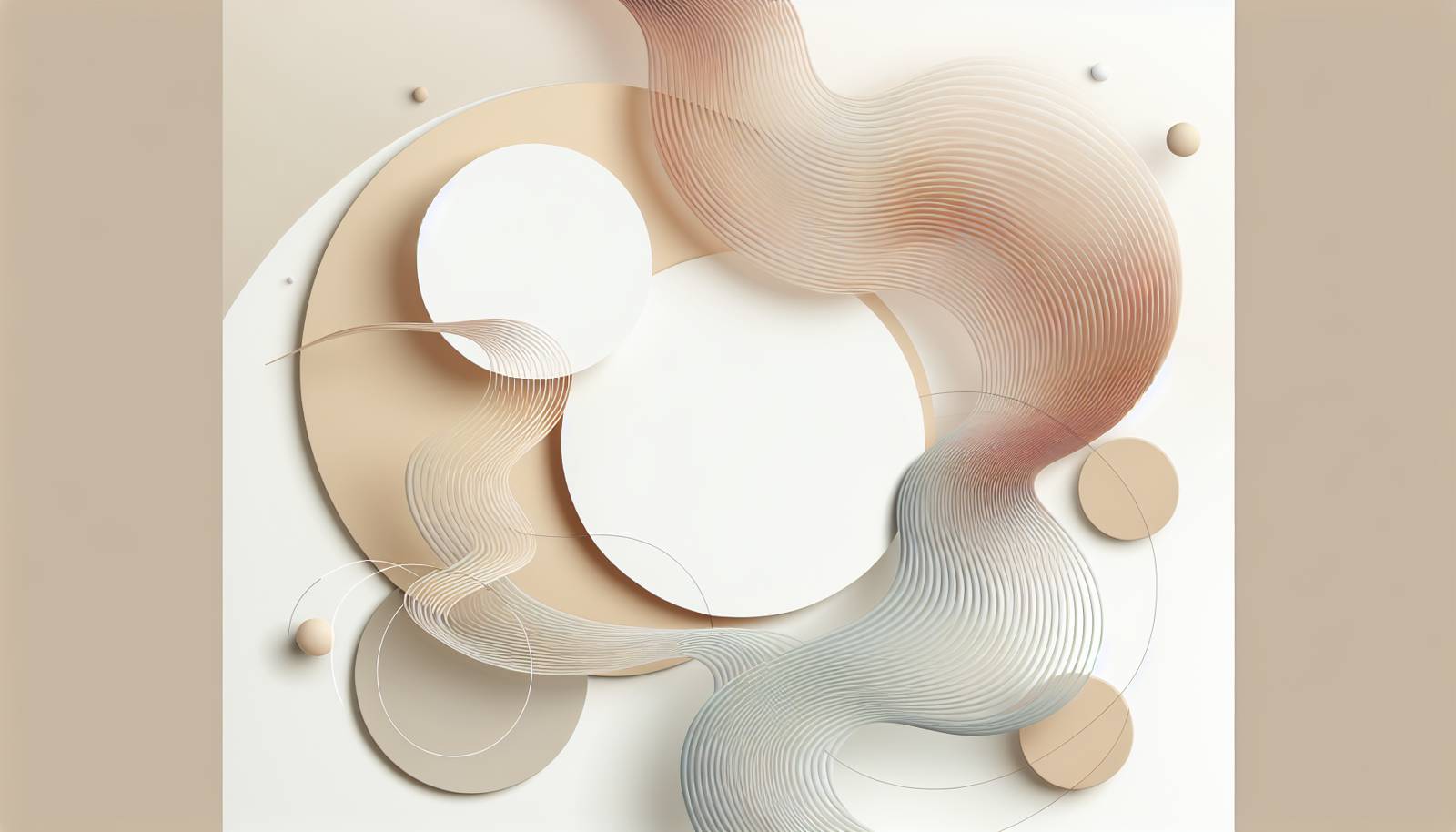
FAQ About The Influence of Minimalist Sculpture on Contemporary Art

What is minimalist sculpture?
Minimalist sculpture is a form of art characterized by simplicity, clean lines, and a reduction of form to its most essential elements. It emerged in the 1960s as a reaction against the more expressive forms of art that preceded it. Minimalist sculptures often use simple geometric shapes and focus on the relationship between the piece and its surrounding space.

How did minimalist sculpture influence contemporary art?
Minimalist sculpture has greatly influenced contemporary art by emphasizing simplicity and clarity in form. It challenged artists to focus on the essence of an object and encouraged exploring space and viewer interaction. This influence is seen in diverse modern installations where spatial awareness and simplicity inform the artistic expression.

Who are some key artists associated with minimalist sculpture?
Key artists associated with minimalist sculpture include Donald Judd, known for his geometric forms and use of industrial materials; Carl Andre, recognized for his floor-based works using raw materials; and Dan Flavin, who worked extensively with fluorescent light fixtures. These artists contributed significantly to defining and popularizing the minimalist movement.

What are the main principles of minimalist sculpture?
The main principles of minimalist sculpture include simplicity, the use of geometric shapes, a focus on materials, and the interaction between the artwork and its environment. Minimalist artists aim to remove any unnecessary elements to highlight the pure form and material of the sculpture.

How does minimalist sculpture relate to spatial relations in art?
Minimalist sculpture places a strong emphasis on spatial relations, which is the interplay between the artwork, its placement, and the surrounding environment. Artists like Donald Judd and Carl Andre focused on how sculptures occupy space and interact with viewers, often blurring the line between art and its physical context.

Can minimalist sculpture be considered a form of expression?
Yes, minimalist sculpture can be considered a form of expression, though it differs from traditional forms by focusing on the object's purity rather than overt emotional content. The expression in minimalist sculpture lies in its ability to provoke thought and interpretation through simplicity and form.

What materials are commonly used in minimalist sculpture?
Minimalist sculpture often utilizes industrial and everyday materials such as steel, aluminum, concrete, and glass. These materials are chosen for their plainness and emphasis on the intrinsic properties of matter, allowing the form itself to become the primary focus of expression.

How does minimalist sculpture interact with its viewers?
Minimalist sculpture interacts with its viewers by creating an environment where the viewer can contemplate the relationship between form, space, and material. The simplicity allows for a direct and immediate interaction, often prompting viewers to consider the space they occupy in relation to the artwork.

What is the significance of geometric shapes in minimalist sculpture?
Geometric shapes are significant in minimalist sculpture as they emphasize the clarity and simplicity that define the movement. Shapes such as cubes, lines, and spheres reduce the art to fundamental forms, allowing viewers to appreciate spatial dynamics and material presence without distraction.

How do contemporary artists incorporate minimalist practices into their work?
Contemporary artists incorporate minimalist practices into their work by adopting principles like simplicity, focus on space, and the use of industrial materials. These elements help in creating artworks that prioritize concept over form, leading viewers to engage with their immediate environment and the artwork itself.
